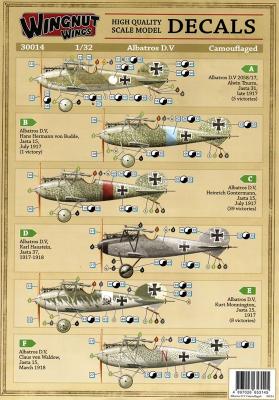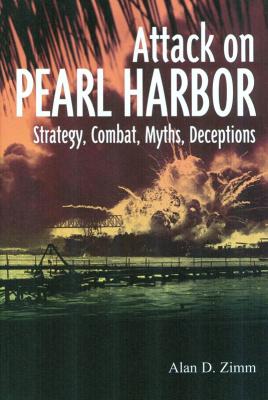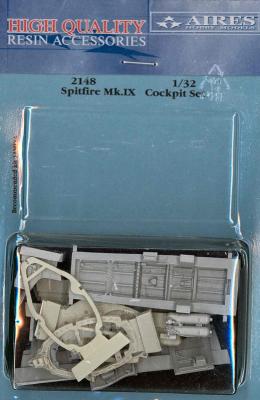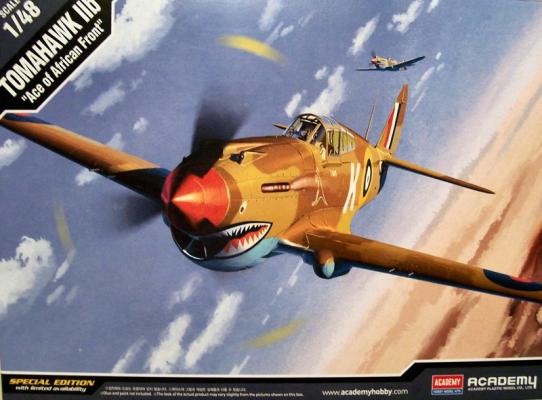Created specifically for the new 1/32nd scale Thunderjet by Hobby Boss, this is an absolutely beautiful set of decal markings for 2 F84E’s, one USAF and one French version described as follows:
- F-84E-20-RE No. 49-2299A, 36 FWB Commander Colonel Robert L Scott Jr. out of Furstenfeldbruck AFB, Germany in late 1952 – early 1953. NOTE: The instructions to paint the tail surface white before applying the blue stripes has been inadvertently left out of the directions. It will need to be done if you choose these markings.
- F-84G-30-RE No. 52-3023, E.C. 3/11 “Jura” Luxeuil vers 1955.
As in the past, the printing, colors and register are pure perfection. The decals are very thin, yet opaque and applied using the Micro products methods to settle down nicely.















